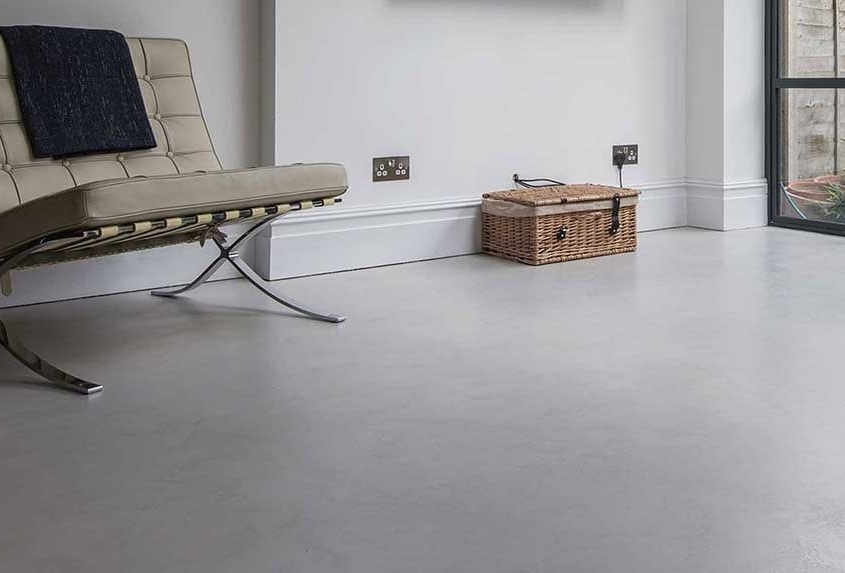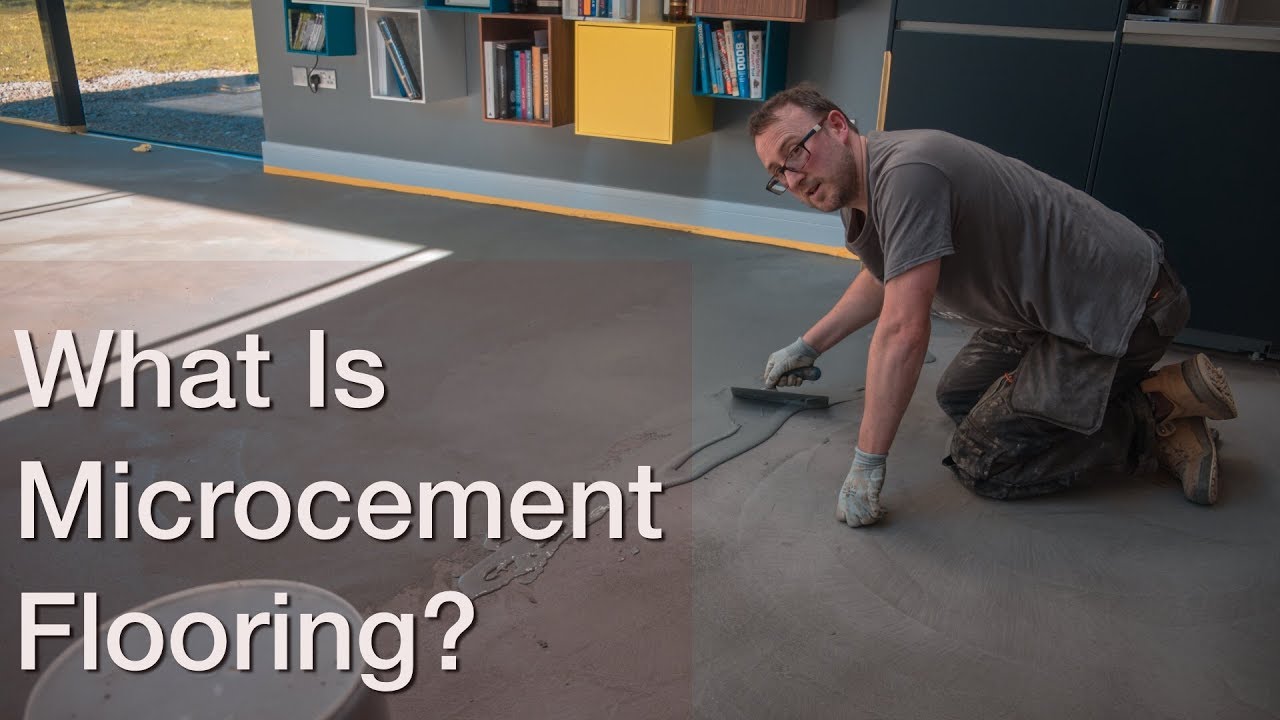Reasons to Consider Microcement Floors for Your Next Project
microcement floors: Microcement is surface finishing materials in construction produced from a combination of cement and polymer-based special resins. It’s durable and rugged and it is thus used broadly in commercial settings for floors, walls, and worktops. It is also purposed for additional luxurious applications in residential use. This information will show how microcement floors are created, as well as their benefits.
How Is Microcement Used?
Microcement is really a highly considered material for floor finishing for a lot of reasons, but possibly its most significant and helpful characteristic is it does apply to the substrate with no remodeling needed.
When microcement can be used to exchange existing flooring inside a project, there’s you don’t need to begin pulling up whatever flooring has already been there. Whether it is wood, concrete, tiles, or other things, microciment can easily be laid within the previous substrate without any impact on its performance and usefulness.

It’s used in very thin layers of less than .1 to .2 cm thick, prior to being engrossed in a sealer within the needed finish. Microcement is comparable to polished concrete in the manner the end product looks when it’s been applied, but microcement includes a more even texture, is much more versatile, and it is more powerful than polished concrete.
The entire process of installing microcement floors is fast and simple and needs no heavy machinery, hazardous chemicals, or perhaps a lengthy time. A microcement floors may take less than four days to use, with respect to the size the work.
The process to apply microciment involves the following steps:
- -Cleaning the intended surface of all dirt and making sure it is as so as possible
- -Applying primer to increase the adhesiveness of the surface
- -Applying the base coat of microcement, and then the second coat of required texture and color.
- -Finishing coats of microciment may be applied to enhance the texture and color before a sealer is finally applied to protect the flooring.
Types of Microcement
There is a type of microcement that will adapt to various renovations due to its texture, thickness, and size.
Microfine Microcement
Also called traditional microcement. Its texture is similar to stucco and it is used to cover walls and floors with little traffic. Offers a smooth finish.
Micro Concrete
For that coating of medium and traffic floors, the so-known as micro-concrete is easily the most appropriate. It provides an easy and highly resistant texture, and that’s why it’s preferred to be used in commercial premises and busy areas.
Microstone
With non-slip characteristics as well as an appearance much like rustic floors, microstone is appropriate for exteriors. It’s appropriate for covered porches, terraces, patios, pathways, among other exterior areas.
Attachment
For surfaces with water, for example, pools, aquatint is the perfect microcement. It’s resistant against swimming pool water and salts, so additionally to getting used in pools, it’s accustomed to line fountains and ponds.
Colors and Textures
The colors of microcement is often as varied as you want since it may be easily pigmented, which enables you to definitely have fun with color combinations and facilitates using metallic, rusty, or just white-colored tones.
For its textures, very natural matte finishes is possible that balance the tonality from the microcement gloss, for any better look that accentuates the initial colors, or satin, that provides the right balance for various surfaces and it is liked by most users.
What Are the Advantages of Microcement?
Using microcement in renovations is typical, however, many people do not know this versatile material. Microcement is really a coating, comprised of a mix of cement, liquid resins, polymers, small grain aggregates, as well as other mineral pigments, which is often used on floors, ceilings, walls, along with other surfaces.
The range of microcement is wide. It can be bought in different textures as well as other thicknesses and finishes, and that’s why it’s a broadly used material in renovations, which is additionally a decorative component of great aesthetic value.
Microcement has numerous advantages making it desirable for flooring purposes, particularly in a commercial or commercial application. Listed here are a couple of of these:
Microcement Is Durable
Regardless of the ultra-thin layers that are used, microciment is very strong and hard. It’s lengthy-lasting, which is water-resistant, heat-resistant, chemical corrosion-resistant, Ultraviolet radiation resistant, but isn’t brittle and doesn’t put on out even under high traffic.
Microcement Is Versatile
It may be finished in a number of colors, textures and could be adapted to own specific characteristics unique to the application. It may be made though and slip-resistant for industrial settings, or sleek and glossy got business structures. It’s a continuous, single-piece flooring without joints or sectioning.
Microcement Is Cost-Effective
It’s cost-effective in rapid and lengthy-term because microcement is affordable to use, which is such a long time-lasting and low maintenance that running costs more than a lengthy time period will also be really low.
Microcement flooring is a practicable choice for almost any project, whether it is commercial, industrial, or residential. It’s a unique flooring that may be adapted to any kind of application.
